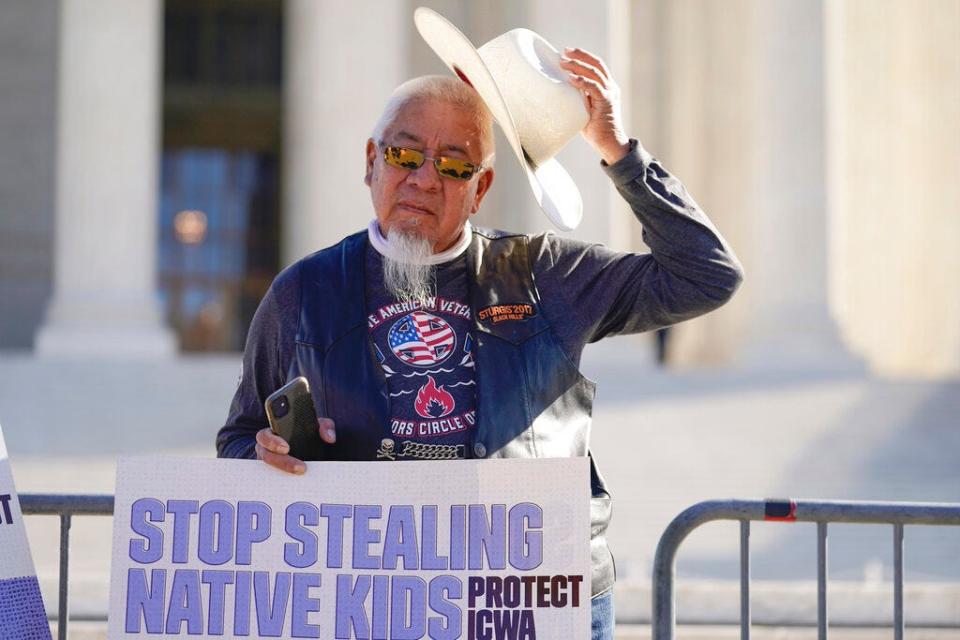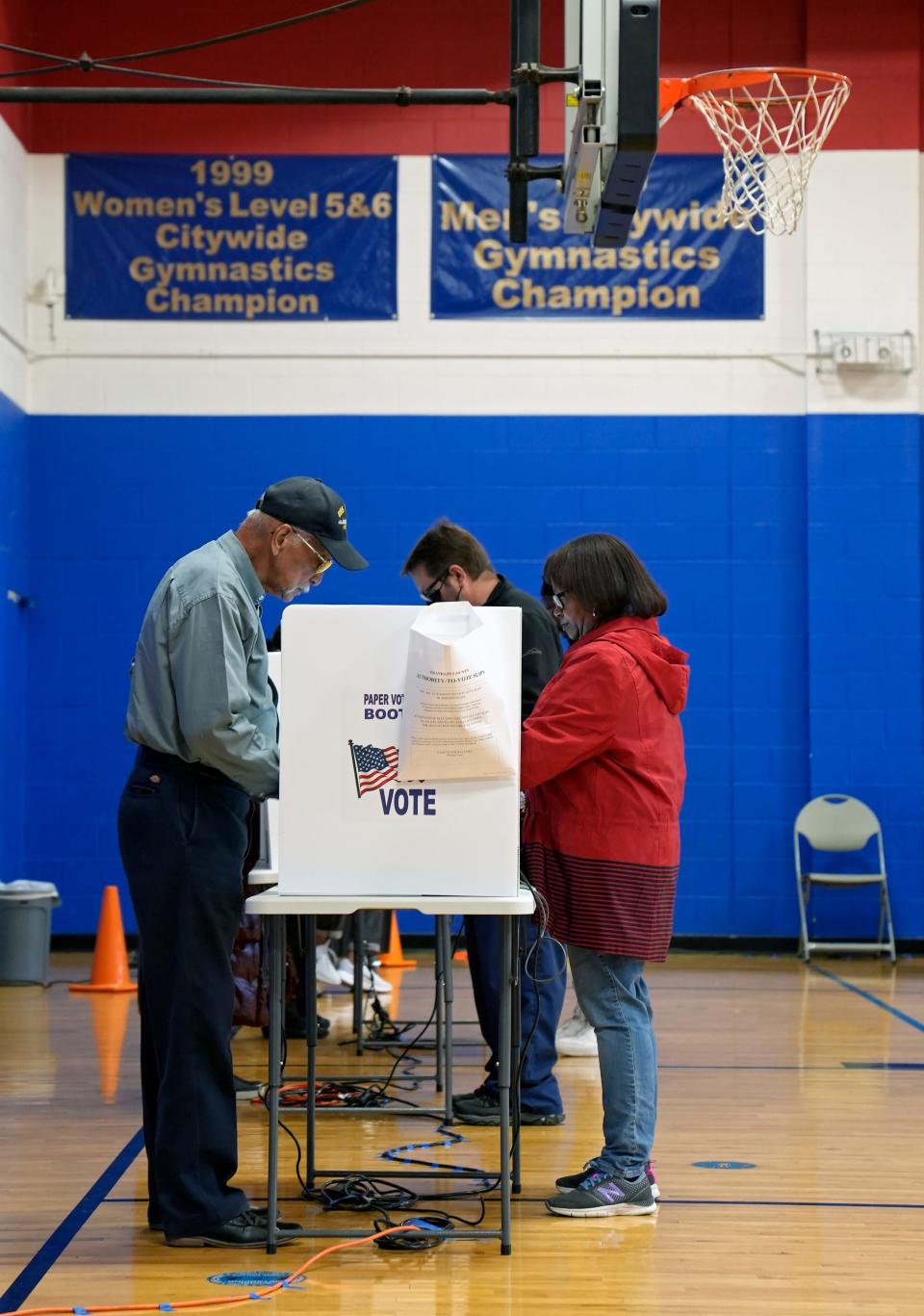Letters: Overturning adoption law would subjugate Indigenous people, strip away culture
Still vulnerable
When many people think of Native American Heritage Month, they tend to think about the history of First Nations peoples without consideration of present-day challenges.

For far too many, learning about Indigenous communities is shallow and superficial. The discourse is sometimes situated during Indigenous Peoples Day, and it resurges during Native American Heritage Month in November.
While we each have a responsibility to learn our nation’s history, we must be compelled to act in the present in ways that are liberatory and just.
Humanity requires that we be engaged with present-day struggles as well as knowledgeable about our history. The past is informative, but it should be a catalyst in terms of understanding and pushing back on current threats.
More:Supreme Court takes up battle over adoption of Native American children
The Indigenous community remains vulnerable today.
Accordingly, I am increasingly concerned about the Nov. 9 Supreme Court hearing involving a challenge to the Indian Child Welfare Act. The measure was passed in 1978 to help ensure Native children be placed with extended family members, in Native foster homes or within their communities.
In Haaland v. Brackeen, the Supreme Court agreed to review a ruling by the U.S. Court of Appeals for the 5th Circuit that invalidated portions of the Indian Child Welfare Act.
More:Supreme Court grapples with battle over adoption of Native American children
As author and activist Sarah Augustine shared with me, keeping Indigenous children within their communities is a protective barrier helping to ensure those children remain connected to Indigenous culture, spirituality and customs.
To subjugate Indigenous people and strip away their culture, the U.S. government used brute violence, including forced removal. But it also used institutions such as the foster care system and Indian boarding schools. Those institutions brought extreme violence and trauma on Indigenous children and families.
While we have no influence over what happened before us, we can use our voice today to oppose every policy and practice that harms Indigenous communities, including the toppling of Indian Child Welfare Act.
We can choose today to support the self-determination of Indigenous peoples.
As a Black woman, writing from the Myaamia and Kaskaskia territories (present day Lewis Center), I understand the importance of self-determination. I want that for my family and community as well as others.
Jennifer R. Farmer, Lewis Center
Ballot confusing

Issue 1 and Issue 2 are perfect examples of how the wording on ballots can be so misleading.
More:Ohio Issue 2 wins easily; Will ban noncitizens from voting in local elections
I spoke with friends and people at the polls to find out how they felt about the language in these issues. To my surprise (and theirs), votes were cast with the opposite intentions due to the way the issues were worded.
What happened to yes means yes and no means no?
Jeff Block, Dublin

Share your thoughts:How to submit a letter to the editor for The Columbus Dispatch
This article originally appeared on The Columbus Dispatch: Letters: What is the impact of the Indian Child Welfare Act?

